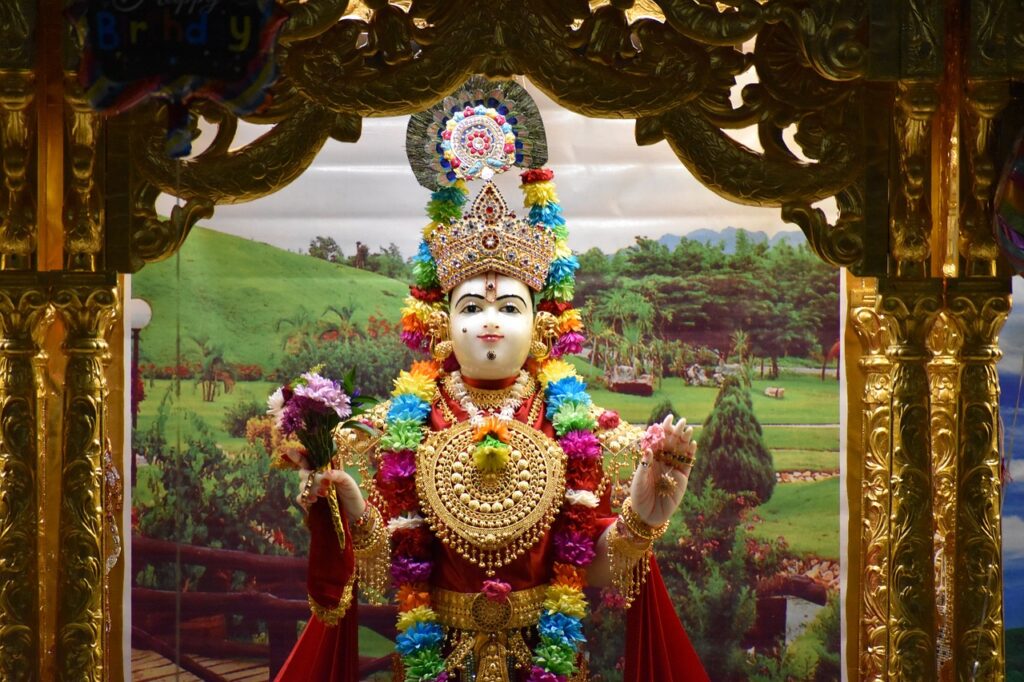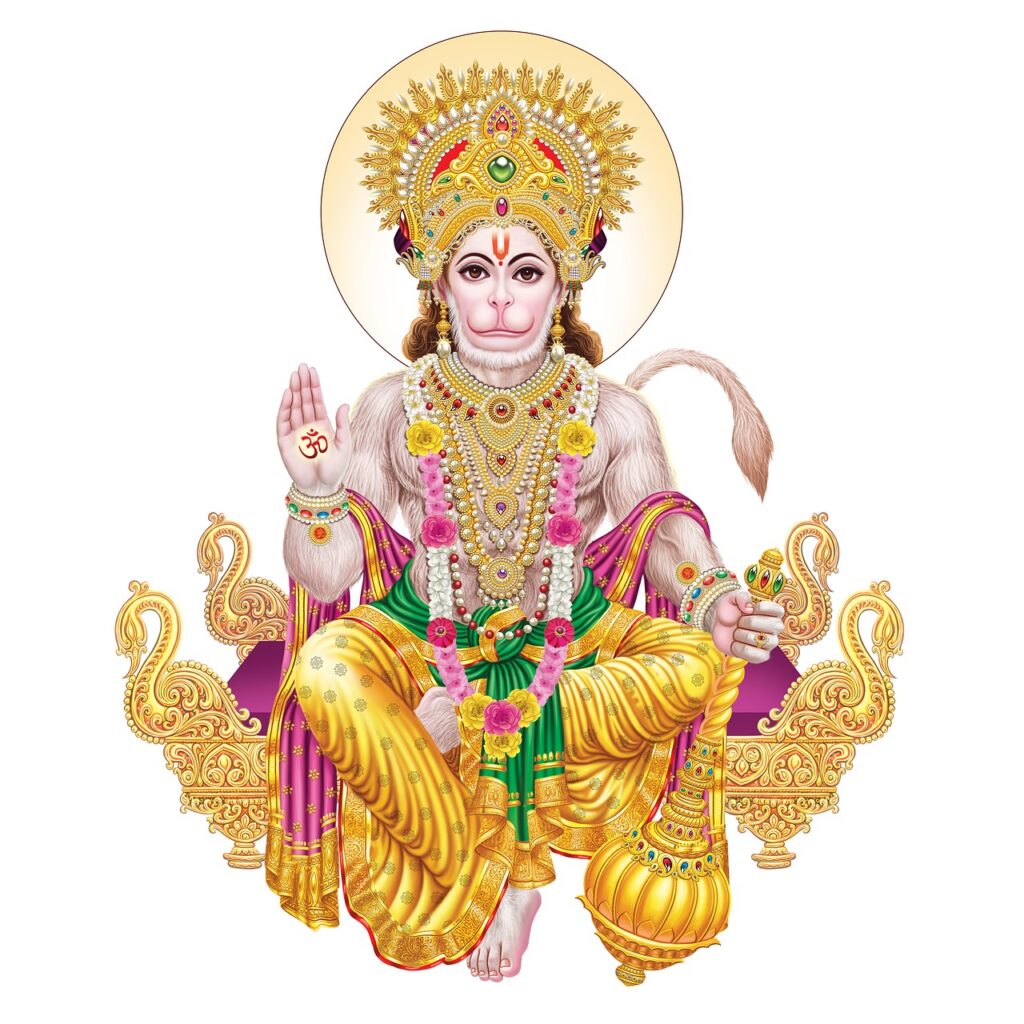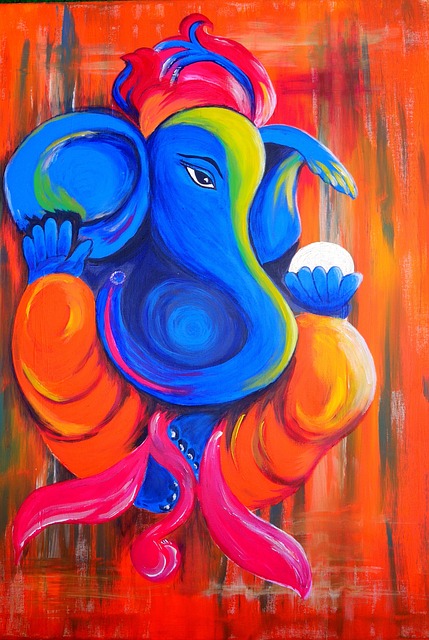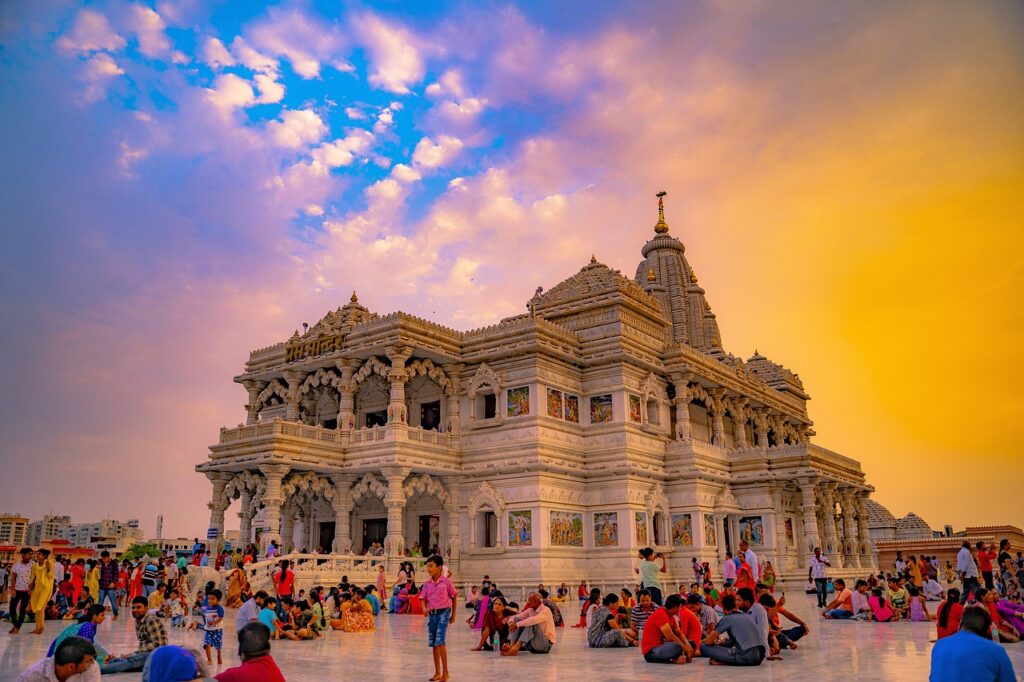
The primary objective of a Vedic temple is not simply to serve as a venue for prayers and pujas, but rather to inspire individuals to delve deeper into the Vedic spiritual path and tradition, and participate in it. This crucial aspect of a temple’s purpose is often overlooked. Without invoking inspiration, temples run the risk of becoming stagnant and losing their relevance in contemporary times. If this happens, in a few generations, they may become nothing more than relics, or even worse, warehouse-like structures.
To ensure the continuity of the Vedic community and culture, temples must create an environment that fosters inspiration. This can be achieved by motivating people to recognize the benefits of the Vedic traditions, understand the tradition’s purpose more profoundly, and comprehend why they should participate in the culture and its spiritual practice. Through service or seva, people can experience deeper spiritual happiness and a sense of fulfillment from the Dharmic path that is unattainable through material pursuits or sensual desires. In addition, the temple can provide access to secret knowledge about life and its purpose that is not readily available elsewhere.
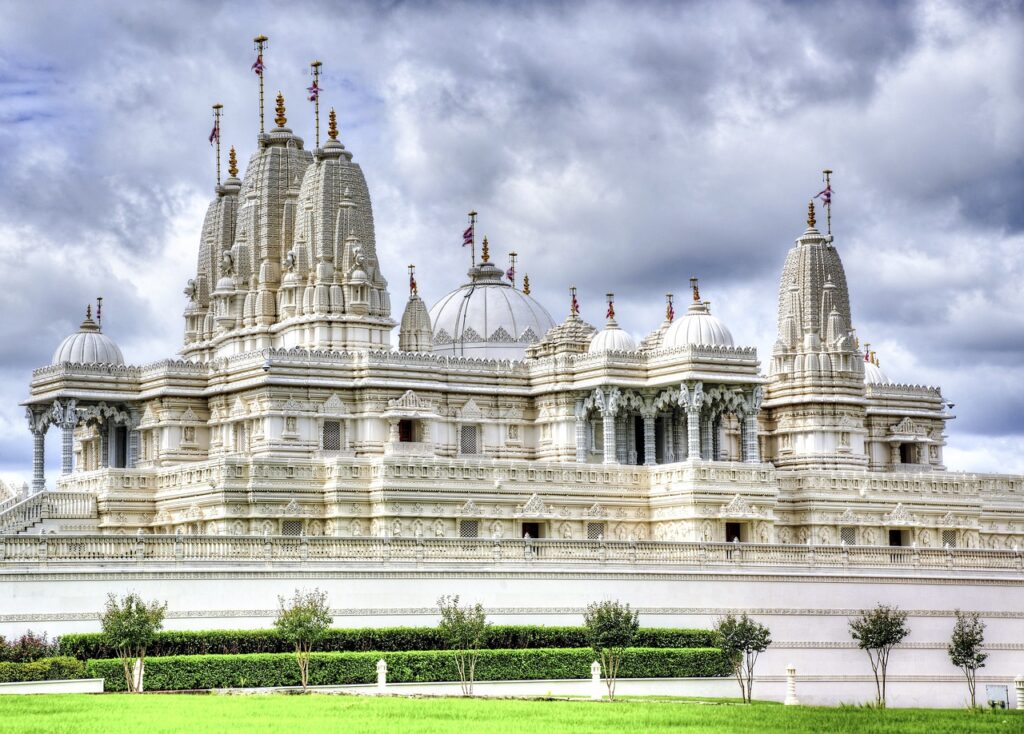
Furthermore, individuals can deepen their understanding of their eternal spiritual identity and connection with the Divine through participation in temple activities. By helping in the operation of the temple, they can also gain a greater appreciation for the temple’s role as a launching pad to the higher purpose of life, spiritual dimensions of existence, and refined states of consciousness and fulfillment that everyone seeks. To secure a bright future for the Vedic community, Dharmic tradition, and humanity as a whole, the temple must transform individuals from mere observers to appreciators and eventually participants. This can be achieved by motivating them to take on responsibilities to help the temple in service to the deities and other temple members or the general community. If the temple can successfully inspire people to become active participants, it will help ensure a bright future for the entire Vedic community and humanity. The main focus of this article is to explore the essential purposes and objectives of a Vedic temple.






